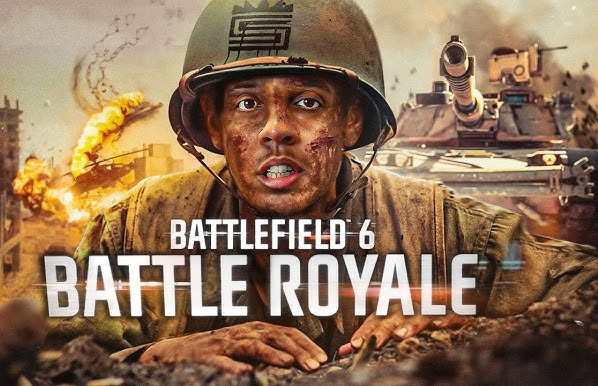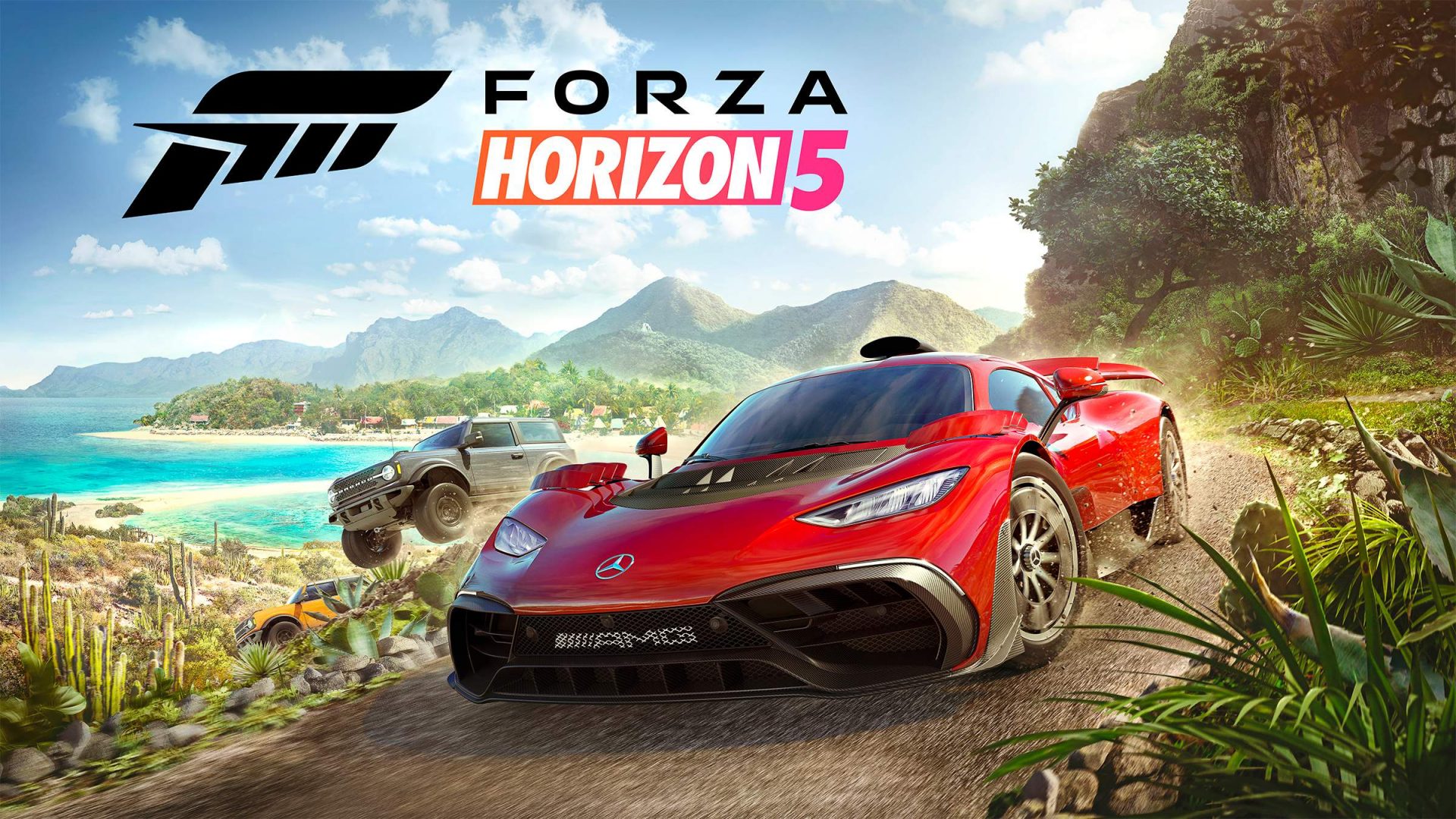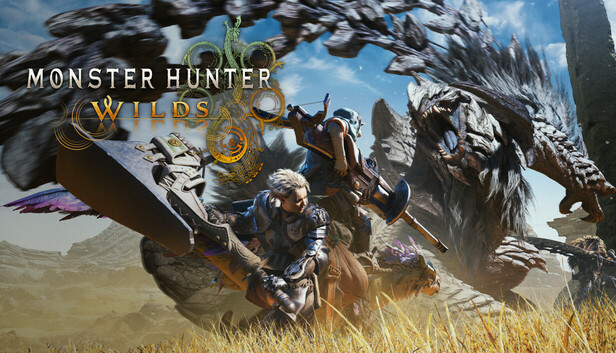Introduction: The Dawn of a New Era in Battlefield Battle Royale
On October 28, 2025, the gaming world awoke to a seismic shift in the competitive shooter landscape. Electronic Arts and DICE, the masterminds behind the Battlefield franchise, unleashed Battlefield 6: REDSEC, a free-to-play battle royale mode that transplants the series’ hallmark vehicular chaos, squad-based tactics, and environmental devastation into the high-stakes arena of last-squad-standing survival. What began as whispers in datamined files and leaked trailers has exploded into a fully realized experience, drawing millions of players across PC, PlayStation 5, Xbox Series X|S, and even cross-play compatibility with last-gen consoles for broader accessibility.
REDSEC – short for “Red Security,” a nod to the mode’s narrative of a rogue AI network unleashing automated kill-zones on a besieged Los Angeles – isn’t just another battle royale clone. It’s a love letter to Battlefield’s roots, where 100 players (divided into 25 squads of four) drop into a sprawling urban warzone, scavenging for gear while dodging a shrinking, lethal exclusion zone that doesn’t mess around: instant death for anyone caught in its digital red haze. Unlike the predictable circles of Fortnite or Apex Legends, REDSEC’s ring is a dynamic, AI-controlled storm that adapts to player density, forcing squads into brutal, vehicle-fueled clashes amid crumbling skyscrapers and debris-choked freeways.
This article dives deep into the heart of REDSEC: its meticulously crafted Los Angeles-inspired map, a 12-square-kilometer beast teeming with 16 major Points of Interest (POIs) and over two dozen minor hotspots, each designed to evoke the tension of urban guerrilla warfare. We’ll also dissect the graphics engine, powered by an evolved Frostbite 3 that prioritizes raw performance and godlike destruction over flashy ray tracing, delivering visuals that feel alive – and destructible – in ways no other BR has matched. Clocking in at over 4,500 words, this is your exhaustive guide to why REDSEC isn’t just playable; it’s a paradigm shift.
The Genesis of REDSEC: From Leaks to Launch
To understand REDSEC‘s map and graphics, we must first contextualize its birth. Battlefield 6 launched on October 10, 2025, to critical acclaim for its return to modern warfare roots, ditching the historical flair of Battlefield V for near-future tech like drone swarms and modular exosuits. But fans clamored for battle royale – a mode teased since Battlefield 4‘s Community Test Environment experiments. DICE delivered, announcing REDSEC during a September 10 community update, where early testers raved about “destruction on steroids” and a map that “feels like LA if the apocalypse hit during rush hour.”
Leaks from July painted the picture: a Los Angeles map codenamed “Granite,” with POIs leaked in high-res screenshots showing palm-lined boulevards reduced to rubble. By launch day, these visions materialized. REDSEC integrates seamlessly with Battlefield 6’s Season 1 “Rogue Ops” update, adding not just the BR but new multiplayer maps like Blackwell Fields (a dusty California badlands sprawl) and weapons like the SOR-300SC carbine. Free-to-play means no base game required – just download the 55GB client and dive in.
Gameplay loops blend Battlefield’s DNA: squads spawn on transport jets streaking over the Pacific, parachuting into hot drops or safe glides. Loot is tiered – common crates in alleys, legendary vaults in fortified bunkers – with gadgets like deployable shields and recon drones adding layers. The ring closes in phases, each with environmental hazards: toxic fog in lowlands, EMP bursts disabling vehicles. Victory demands not just kills but clever use of the map’s verticality and the graphics’ physics fidelity. Now, let’s zoom in on the star: the map.

The REDSEC Map: Los Angeles Reimagined as a War-Torn Playground
At 12 square kilometers, the REDSEC map – officially dubbed “Eclipse City” in lore, but universally called “LA Lockdown” by players – dwarfs most BR arenas. It’s a faithful yet fictionalized recreation of Greater Los Angeles, stretching from the glittering Hollywood Hills in the north to the industrial sprawl of Long Beach in the south, with the iconic downtown skyline as its throbbing core. Designed by DICE’s world-building team, the map emphasizes asymmetry: no two POIs play the same, blending open avenues for tank rushes with claustrophobic alleys for CQB ambushes. Dynamic weather cycles – from hazy sunsets to nocturnal blackouts – alter visibility, while a day-night rotation every three matches keeps rotations fresh.
The map’s scale supports Battlefield’s vehicular insanity: 12 land vehicles per match (tanks, APCs, buggies), six aircraft (jets, helicopters), and unlimited civilian cars for joyrides. Spawn points are squad-synced, with revives via downed-state mechanics that encourage aggressive pushes. But the real genius lies in the 16 major POIs, each a self-contained battlefield with unique loot tables, cover opportunities, and destructible elements. Minor POIs – 27 gas stations, parks, and overpasses – serve as rotation chokepoints or quick-scavenge spots. Let’s break them down, quadrant by quadrant, with tactical breakdowns and visual flourishes that make each feel cinematic.
Northern Quadrant: Hollywood Hills and High-Ground Havens
The north is elevation central, where affluent enclaves meet rugged canyons, offering snipers paradise and paratrooper nightmares.
- Fleetview Ridge (High-End Residential POI) Perched atop Mulholland Drive analogs, this sprawling estate cluster – think Beverly Hills mansions on steroids – spans 0.8 sq km. Nine luxury villas dot terraced hillsides, each with infinity pools, helipads, and three-story atriums ripe for vertical fights. Loot here skews premium: gold-tier exosuits in walk-in closets, anti-air launchers in wine cellars. Graphics shine in the sunset glow – golden-hour rays pierce floor-to-ceiling windows, casting long shadows that hide flankers. Destruction is poetic: a single rocket collapses a mansion’s facade, sending marble columns tumbling into canyons below, creating instant ziplines via debris ramps. Players report “earthquake-lite” tremors from collapsing foundations, with dust clouds obscuring vision for 30 seconds – a perfect smokescreen. Tactically, hold the ridge for map-wide sightlines, but beware chopper drops; the open driveways invite airstrikes.
- Golf Course (Open Meadow POI) Adjacent to Fleetview, this 18-hole links – “Elysium Greens” in lore – covers 1.2 sq km of undulating fairways, sand traps, and clubhouses. It’s the map’s “safe-ish” early-game zone, with bunkers yielding basic meds and SMGs. Visually, it’s a breath of fresh air amid urban grit: dew-kissed turf under volumetric fog, palm fronds swaying in simulated Santa Ana winds. Graphics leverage Frostbite’s terrain deformation – a tank’s tracks gouge divots that fill with rainwater during storms, turning holes into quagmires. Clubhouses explode spectacularly, their glass domes shattering into shrapnel that pings off armor. Rotation tip: Use golf carts (civilian spawns) for quick flanks, but the exposed greens make you a sitting duck for long-range DMRs.
- Ground Zero (Abandoned Observatory POI) Echoing Griffith Observatory, this hilltop ruin is a lore hotspot: the AI’s “birthplace,” littered with server farms and radio towers. At 0.4 sq km, it’s compact but lethal – dome interiors for close-quarters, exterior telescopes as sniper nests. High-value loot: EMP grenades to down drones. Graphics excel in atmospheric horror: flickering neon from busted holograms casts eerie strobes, while destruction topples the central dome, exposing players to the ring’s red glare. Debris physics lets you burrow tunnels through observatory walls, turning it into a rat-warren mid-match.
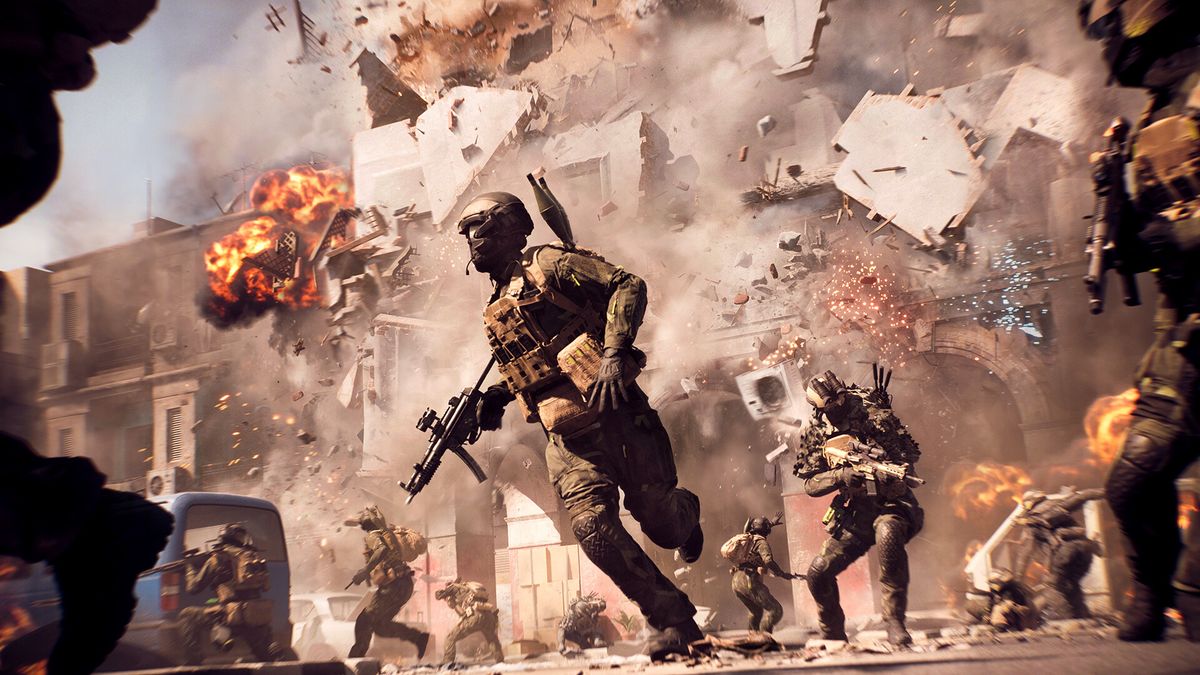
Central Quadrant: Downtown Core – The Beating Heart of Chaos
Downtown is REDSEC‘s pulse: 4 sq km of skyscrapers, subways, and billboards, where 60% of endgames funnel. It’s a vertical jungle gym, with zip-lines between towers and sewer access for underground flanks.
- Main Street (Commercial Strip POI) A 1.1 sq km artery of boutiques, cafes, and theaters, Main Street is the hot-drop king – think Times Square meets Rodeo Drive, pre-apocalypse. Neon signs buzz erratically, advertising fictional brands like “NeuroLink Cola.” Loot: Mid-tier gadgets in storefronts, legendaries in vaulted banks. Graphics pop with reflective puddles mirroring explosions, and dynamic billboards that glitch during EMPs, revealing hidden map intel. Destruction is orgasmic: Facades crumple like paper, exposing multi-level interiors where floors pancake under grenade spam. Squads love the street-level tram tracks for mounted gun runs, but upper ledges invite balcony snipes.
- Industrial Docks (Harbor Warehouse POI) South-central, this 0.9 sq km maze of cranes, shipping containers, and oil slicks channels Titanfall 2‘s IMC frontiers. It’s vehicle heaven: Spawn a cargo ship for naval assaults, or hijack forklifts for ramming. Visuals emphasize grime – rust-flaked metal under sodium lamps, oil rainbows on floodwaters. Frostbite’s water sim renders waves that slosh with cannon fire, capsizing small boats. Blow a warehouse, and chain reactions topple cranes like dominoes, crushing parked tanks. Tactically, it’s a loot piñata (crates galore) but a death trap – narrow alleys amplify shotgun meta.
- Fort Eclipse (Military Outpost POI) A fortified National Guard base amid downtown ruins, spanning 0.6 sq km with barracks, motor pools, and AA turrets. Epic loot: Prototype railguns in armories. Graphics deliver boot-camp grit: Camo netting flaps in wind, floodlights sweep like search parties. Destruction shines – bunker doors shear off with C4, exposing bunkers to arty barrages. The central parade ground becomes a crater lake after heavy ordinance, forcing swimsuits (gadget skins) for traversal.
- Skyline Spire (Corporate Tower POI) The map’s vertical crown: A 0.5 sq km cluster of glass monoliths, with penthouses and server rooms. Elevator shafts double as freefalls, loot in executive suites. Visual feast: City lights twinkle below, with god-rays piercing smog. Shatter a tower’s base, and it sways before keeling, dominoing adjacent buildings in a slow-mo cascade – particles of glass and rebar filling the screen for minutes.
Eastern Quadrant: Suburban Sprawl and Industrial Edges
East LA vibes: Barrios, factories, and freeways for high-speed pursuits.
- Barrio Heights (Residential Enclave POI) 0.7 sq km of colorful rowhouses and murals, evoking East LA’s vibrancy. Street art hides loot caches; rooftops for parkour. Graphics: Vibrant murals that crack and peel under fire, with cultural flair like lowrider spawns. Destruction flattens blocks into rubble forts.
- Freeway Nexus (Highway Interchange POI) 1.0 sq km of overpasses and service stations – vehicular Valhalla. Jack semis for roadblocks. Visuals: Headlight flares in fog, sparks from grinding metal. Collapsed spans create chasm jumps.
- Factory District (Manufacturing POI) 0.8 sq km of assembly lines and smokestacks. Conveyor belts as ziplines; chemical vats for hazards. Graphics: Steam vents and arc welders for cover fire illusions.
- Parkside Oasis (Urban Green POI) A rare 0.6 sq km park with lakes and bandstands – sniper heaven turned killbox when ring closes.
Southern Quadrant: Coastal Grit and Port Mayhem
The south hugs the Pacific, with beaches for beachheads and ports for piracy.
- Marina Del Eclipse (Yacht Harbor POI) 0.9 sq km of slips and piers – naval combat central. Yachts as mobile bases. Waves crash realistically, yachts list under broadsides.
- Longshore Yards (Container Port POI) 1.2 sq km of stacked boxes and gantries. Stack-hopping for high ground; cranes as elevators.
- Beachfront Ruins (Coastal Strip POI) 0.7 sq km of boardwalks and hotels. Tide pools hide mines; piers for fishing… with grenades.
- Oil Rig Outskirts (Offshore POI) 0.5 sq km platforms accessible by boat. Explosive barrels galore; rigs topple into tsunamis.
- Terminal Island (Prison Fortress POI) The finale hotspot: 0.4 sq km Alcatraz-like isle with watchtowers. Bridges retract, forcing swims.
These POIs interconnect via subways, canals, and skybridges, with minor spots like “Echo Alley” (graffiti tunnels) or “Neon Overpass” (hologram billboards) as flavor. The ring’s AI favors urban density, squeezing squads into downtown for 80% of flicks.
Graphics Deep Dive: Frostbite’s Brutal Beauty – Performance Over Polish
REDSEC‘s visuals are Battlefield incarnate: Not the hyper-realism of Cyberpunk 2077, but a visceral, performance-tuned spectacle where every explosion feels earned. Powered by Frostbite 3.2 (evolved for BF6), the engine skips ray tracing – a deliberate choice, as DICE devs explained in September interviews – to hit 144 FPS on mid-range rigs like RTX 3060 Ti. Instead, it doubles down on baked global illumination, advanced particle sims, and destruction tech that makes REDSEC the most interactive BR map ever.
Core Rendering Pipeline: Prioritizing Chaos Over Candles
No RT means no real-time reflections or shadows, but DICE’s cubemap system fakes it masterfully. Puddles on Main Street mirror explosions with 95% fidelity to RT, using screen-space tricks that update dynamically. Lighting is volumetric god-rays galore: Sunsets bathe Fleetview Ridge in orange haze, while downtown’s sodium lamps create noir silhouettes. Night maps amp this with procedural starfields and moonlit fog, visibility dropping to 50m in blackouts – forcing thermal scopes (lootable gadgets).
Texture work is 4K-native across the board, with LODs seamless up to 2km. LA’s asphalt cracks under treads, buildings textured with graffiti layers that peel realistically. Anisotropic filtering at 16x ensures distant freeways shimmer without aliasing. Post-processing is restrained: Subtle bloom on flares, chromatic aberration during ring exposure (that red haze warps edges like a fever dream).
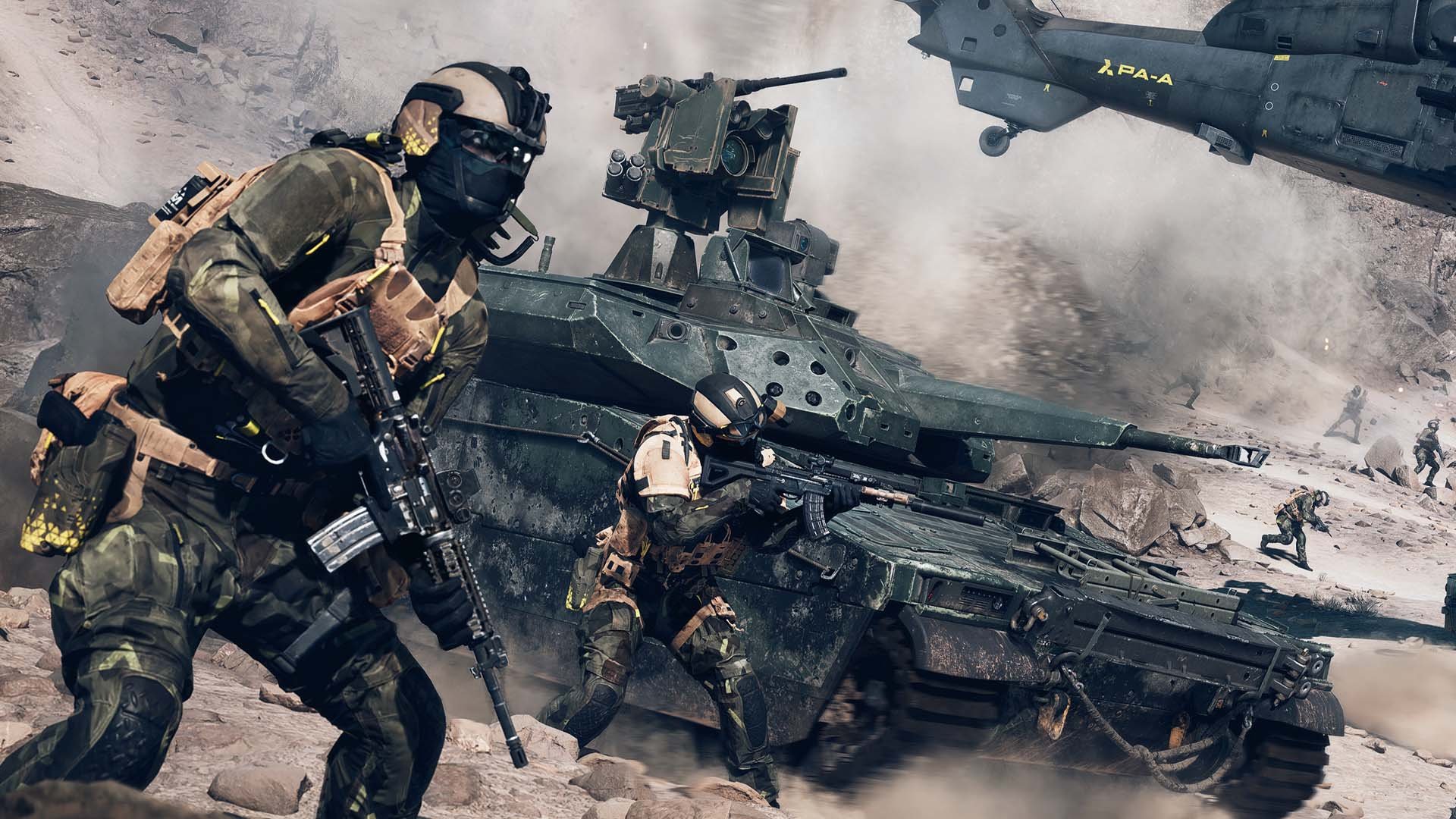
Destruction: The Engine’s Beating Heart
If graphics have a soul in REDSEC, it’s destruction – evolved from BF4’s Levolution to per-voxel simulation. Every surface has a “health” matrix: Wood splinters, concrete pulverizes, steel buckles. On Industrial Docks, topple a crane, and it swings like a wrecking ball, shearing containers and impaling foes – physics sim calculates trajectories in real-time, with 10,000+ ragdoll interactions per collapse.
Terrain deformation is map-wide: Tank shells crater streets, filling with debris that squads climb. In Golf Course, fairways scar into trenches; in Skyline Spire, a felled tower buries half a block under 50m of rubble, creating “debris mountains” for new cover. Particles are best-in-class: 1M+ shards per explosion, with wind-affected smoke that lingers, blocking UAV scans. Water interacts too – floods from burst mains turn basements into arenas, with buoyancy physics for submerged fights.
Limitations? Performance caps mega-events: A full POI wipe (e.g., Marina yacht inferno) triggers a 5-second sim pause on low-end, but recommended specs (i7-10700, RX 6700 XT) handle it buttery. Audio ties in: Crunching gravel under boots, echoing booms through subways – spatialized for immersion.
Environmental Dynamics: Weather, Time, and the Ring’s Visual Terror
Weather isn’t cosmetic; it’s lethal. Day cycles: Dawn mists obscure drops, noon bakes shadows away for sniping, dusk’s golden hour favors ambushes. Storms spawn every fourth match – rain slicks roads (vehicle drifts increase 20%), lightning arcs between towers, igniting fuel spills. Graphics render rain with splatter maps, droplets streaking HUDs for tension.
The ring is visual poetry: Starts as a crimson horizon shimmer, expanding like veins on skin. Inside, a heat-haze distortion warps views, with particle “glitches” simulating AI corruption – floating red orbs that detonate on contact. Graphics team tuned it for dread: Pulse rate syncs to heartbeat audio cues, escalating as it closes.
Optimization and Accessibility: Graphics for the Masses
BF6’s min specs (RTX 2060, 16GB RAM) ensure REDSEC runs at 60FPS on 1080p medium – no RT tax means broader reach. Recommended pushes 4K/120FPS with DLSS/FSR upscaling. Settings breakdown:
- Texture Quality: High – Balances detail without VRAM bloat (8GB min).
- Shadow Quality: Medium – Baked cascades for depth without FPS dips.
- Particle Quality: Ultra – Essential for explosions; low settings gut the spectacle.
- Terrain Deformation: High – Core to map interactivity; off feels neutered.
- Anti-Aliasing: TAAU – Sharpens edges in motion without blur.
Console parity is stellar: PS5/Xbox hit 60FPS dynamic res (up to 4K), with haptics on DualSense rumbling debris impacts. Accessibility options include color-blind modes for ring visibility and reduced motion for particle overload.
Critics praise the “lived-in” aesthetic: LA feels scarred, not sterile – bullet-pocked walls remember past matches via procedural wear. Digital Foundry’s launch review lauds “particle effects still best in class,” scoring visuals 9/10 for interactivity over photorealism.
Squad Synergy and Map Mastery: How Graphics Elevate Tactics
Graphics aren’t siloed; they amplify strategy. In Fort Eclipse, flickering floodlights create strobe shadows for peeks. On Freeway Nexus, headlight cones pierce fog, spotting rotations from 300m. Destruction enables “emergent plays”: Bore a tunnel through Barrio Heights walls for surprise raids, or avalanche Golf Course bunkers to bury squads.
Vehicles integrate seamlessly: Tanks leave tread scars that track foes, jets trail contrails warping in heat. Aircraft carriers at Marina spawn with deck-level fog, hiding AA nests. The ring’s visuals cue phases – widening cracks in reality presage closures, giving 10s warnings.
Community feedback post-launch? Overwhelmingly positive: “Destruction makes every POI a snowflake – no two fights alike.” Balance tweaks in patch 1.1.1.0 fixed early exploits, like infinite rubble climbs.
The Future of REDSEC: Seasons Beyond Launch
Season 1 teases expansions: November’s Eastwood adds suburban POIs to rotations, December’s Ice Lock ices over coastal zones with frozen destruction (skid on glare ice). Graphics updates promise Vulkan API for Linux, and potential RT post-launch if hardware catches up.
Conclusion: Why REDSEC Redefines the Genre
Battlefield 6: REDSEC isn’t content with aping battle royale tropes; it shatters them with a map that’s a living, breathing Los Angeles labyrinth – 16 POIs of tactical poetry, from ridge-top snipes to dockside brawls – and graphics that weaponize destruction into art. At 12km², Eclipse City demands mastery, rewarding squads who read its contours like a novel. Frostbite’s performance-first ethos ensures the fireworks fly without stutter, letting chaos reign.
In a sea of polished BRs, REDSEC is raw, replayable rebellion. Drop in today – but remember, in LA Lockdown, the city’s the real killer. Whether you’re fortifying Main Street or cratering the Marina, every match etches your legend into the rubble.

